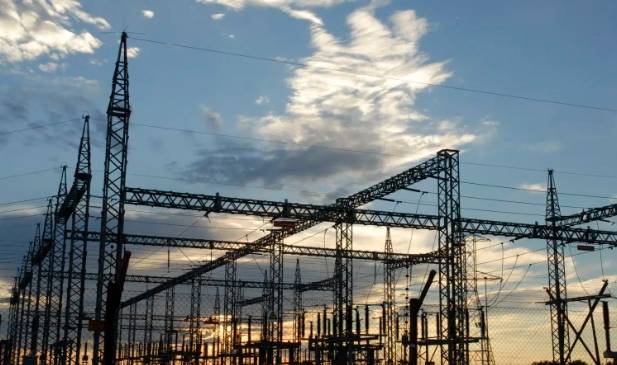As load-shedding levels reach a critical point, President Cyril Ramaphosa faces increasing pressure to alleviate the energy crisis in South Africa. The country is currently experiencing its most severe power shortage ever, resulting in prolonged blackouts lasting up to 10 hours or more each day.
In an effort to address one of the most severe blackout crises in South Africa’s history, Electricity Minister Kgosientsho Ramokgopa revealed that the country is in negotiations for a 5-year power purchase agreements program. The aim is to alleviate the current energy challenges and ensure a more stable power supply for the nation.
According to an anonymous source cited by Bloomberg, South Africa plans to secure 2,000 MW of power to address the ongoing blackouts. Turkish company Karpowership will contribute at least 1,200 MW of natural gas through an existing agreement. The country will rely on heavy fuel oil from Karpowership’s other plants to fulfill the remaining power requirements.
The decision to utilize heavy fuel oil, a fuel known for its higher environmental impact compared to gas, is anticipated to face criticism from advocates of energy transition and climate activists. Energy Minister Gwede Mantashe recently stated in an interview with the Sunday Times that the government is prepared for potential legal disputes with environmental organizations regarding this choice.
Mantashe asserted:
“Environmentalists often oppose any projects they disagree with. Regardless of the number of legal challenges we face, we will persist with our plans for gas and petroleum exploration.”
Despite Eskom’s previous commitment to reducing coal-dependent power generation by closing nine power stations by 2035, the South African government is now contemplating extending the operational lifespans of two major coal-fueled plants. Kendal and Oethabo, which currently make up approximately 20% of Eskom’s capacity, were originally scheduled for decommissioning after 2035. This move aims to enhance the country’s fragile energy security.
Eskom responded to inquiries by stating that the current consideration for extending the operation revolves around the older, smaller units of the power stations.
As of now, coal is responsible for up to 87% of South Africa’s electricity generation. It is also the primary source of energy consumption in the country, followed by oil and gas, with renewable energy contributing only a minor portion to the overall energy mix.
President Cyril Ramaphosa, who assumed office in 2018, is facing increasing pressure to address the severe power cuts crisis, which many consider to be the most severe in the country’s history. As South Africa enters the winter season in the Southern Hemisphere, blackouts lasting 10 hours a day or even longer are exacerbating the situation.
In a recent announcement, Eskom revealed that the amount of energy shed through load-shedding in 2023 has already surpassed the levels of 2022, which was previously considered the country’s worst year for power cuts. From January 1 to May 7, 2023, the energy shed amounted to 8,351 GWh, exceeding the total of 8,116 GWh for the entire year of 2022.
Load-shedding, an issue that originated in 2007 and continues to plague South Africa, is attributed by experts to corruption, sabotage, and mismanagement within the government-owned power utility. These underlying factors have contributed to the persistent challenges faced in the country’s electricity supply.

